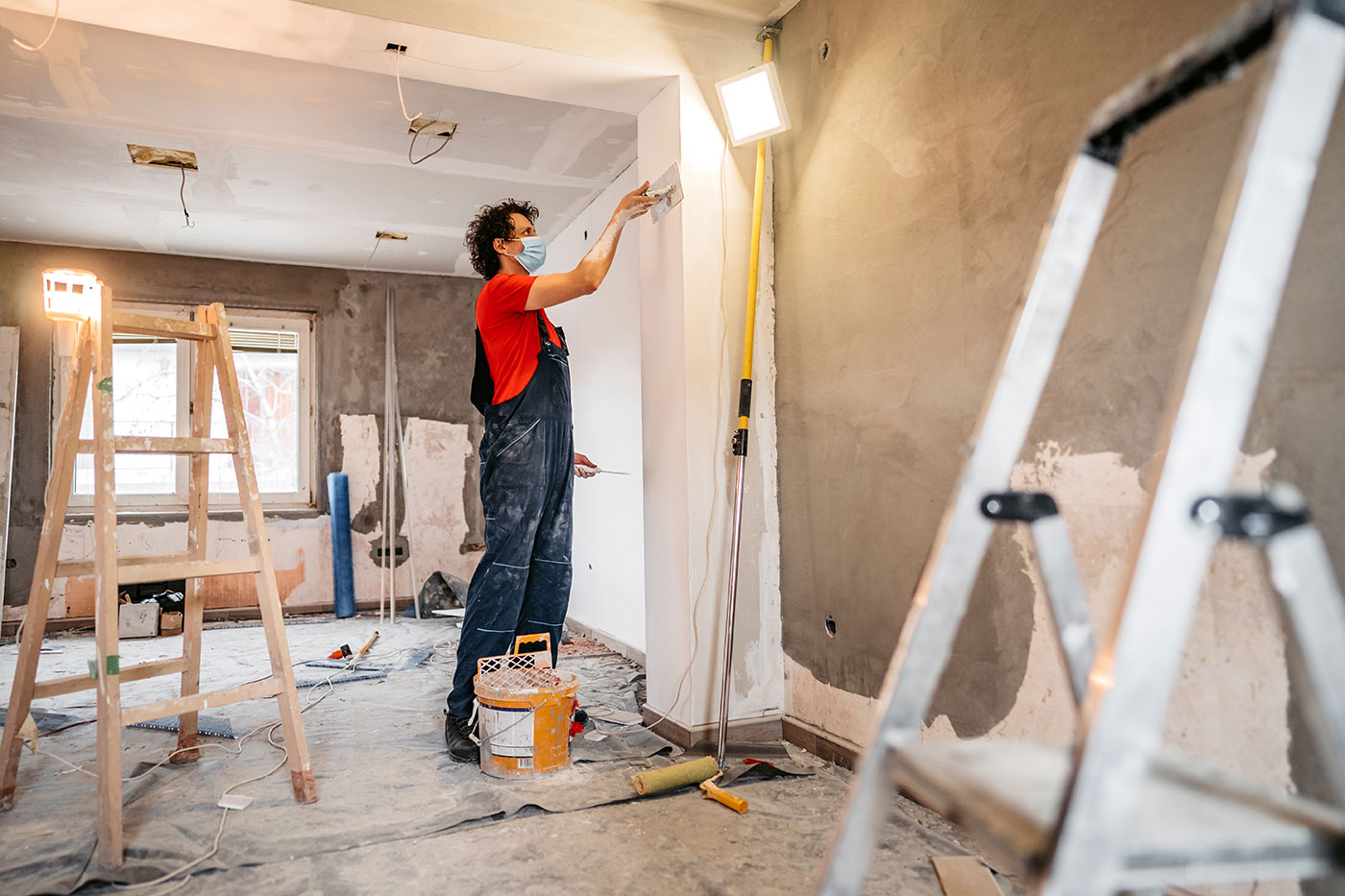
Cash Offers Help Remove Contingencies
Take a closer look at the benefits of making a cash offer on a house and how it can help you remove contingencies during the purchase process.



Take a closer look at the benefits of making a cash offer on a house and how it can help you remove contingencies during the purchase process.

Weigh the advantages and risks of using an FHA 203k mortgage instead of a traditional FHA loan, including a few tricky details about using a 203k.

Before you can buy a house, you’ve got to find it first. Learn why house hunting is some of the most fun you’ll have in real estate.

It’s time to talk numbers with your REALTOR® when you’re ready to make an offer on a house, then part with an insane amount of money if it all looks good.

House hunters in the market to buy a home during this time of elevated prices need to ask themselves: is a house a good long-term investment?

There’s a balance in wagering enough money for the Sellers to accept your Offer, without overpaying or leaving money on the table.